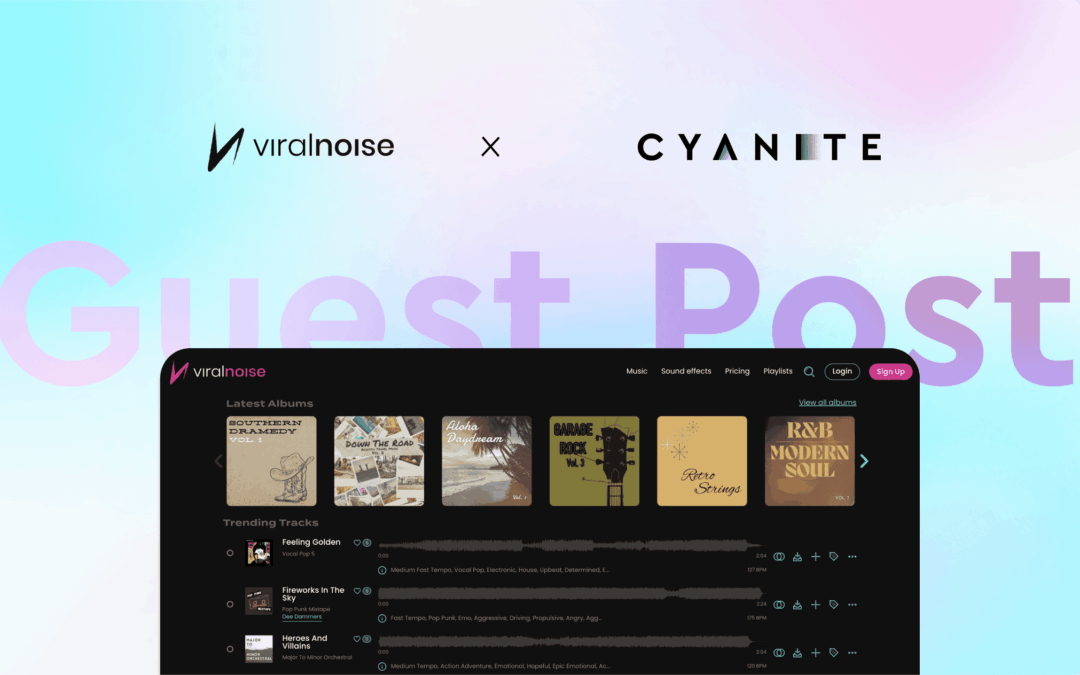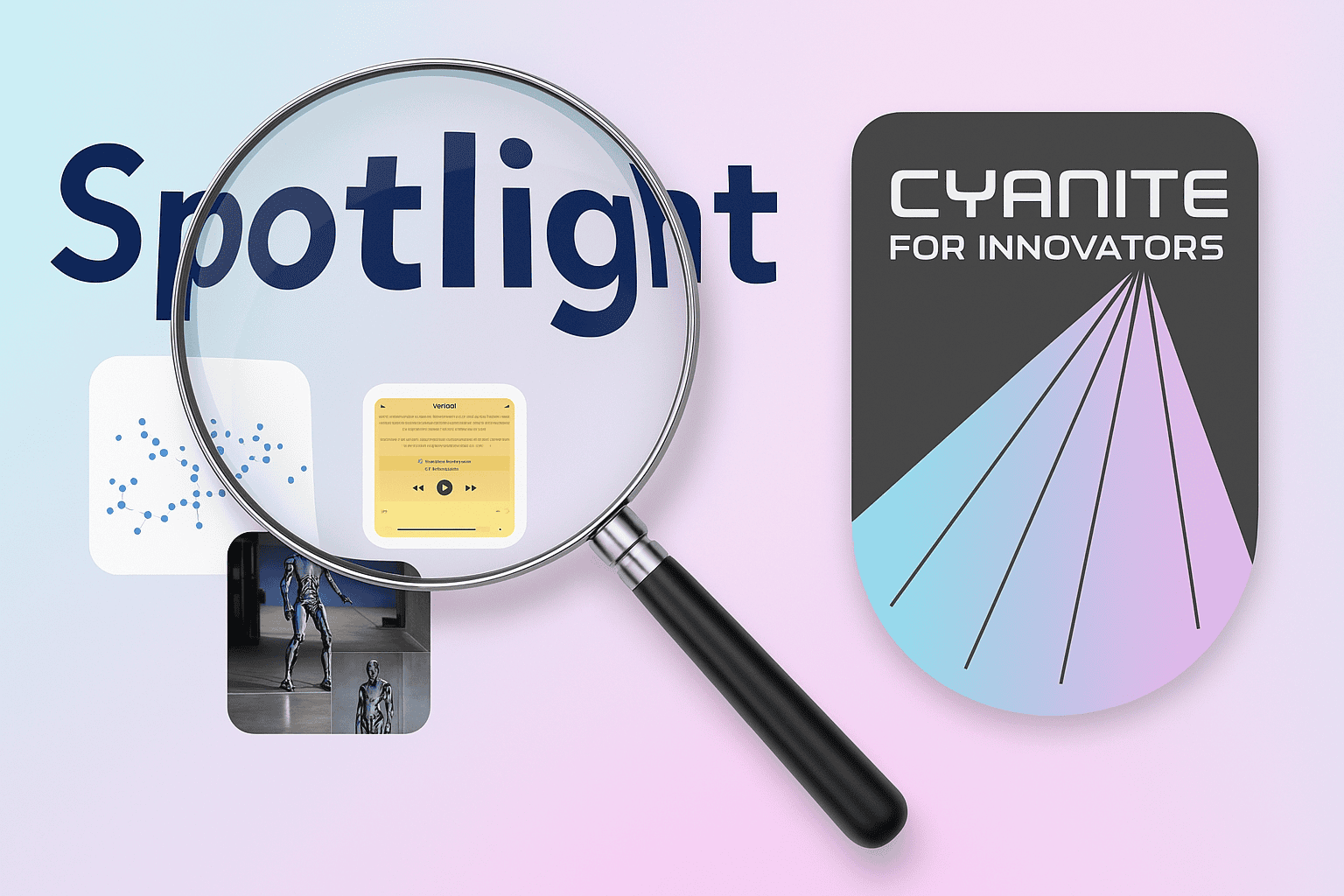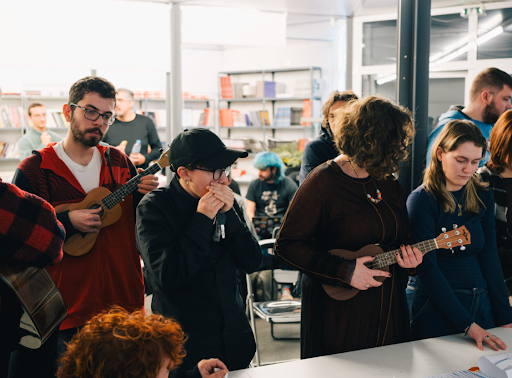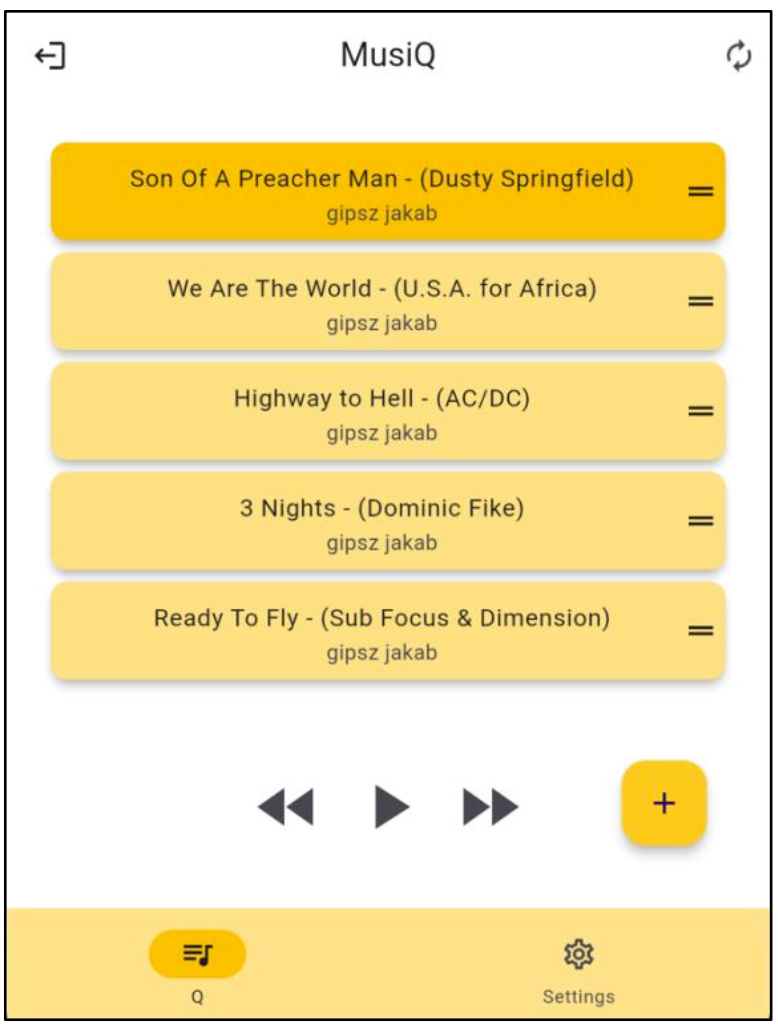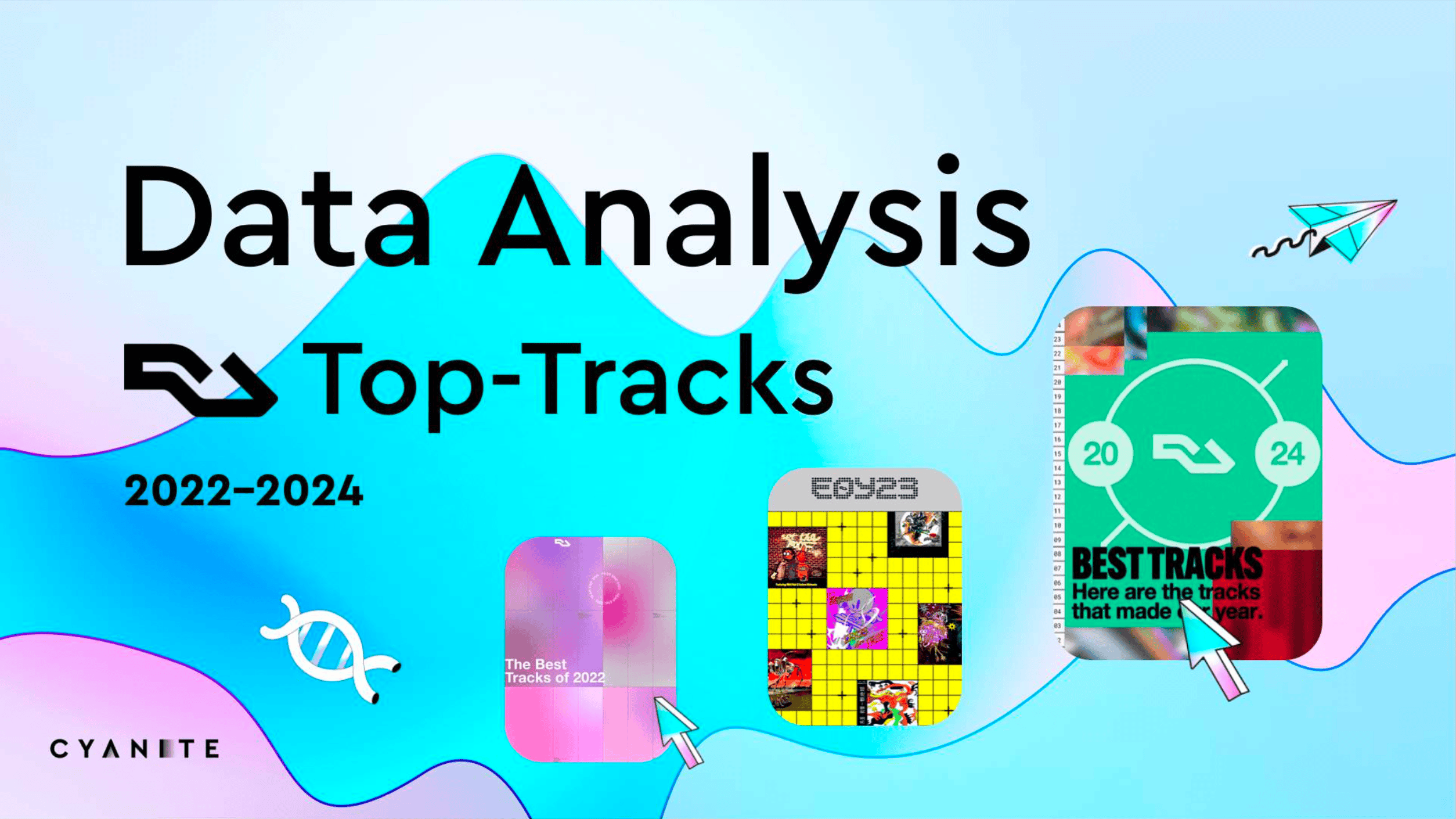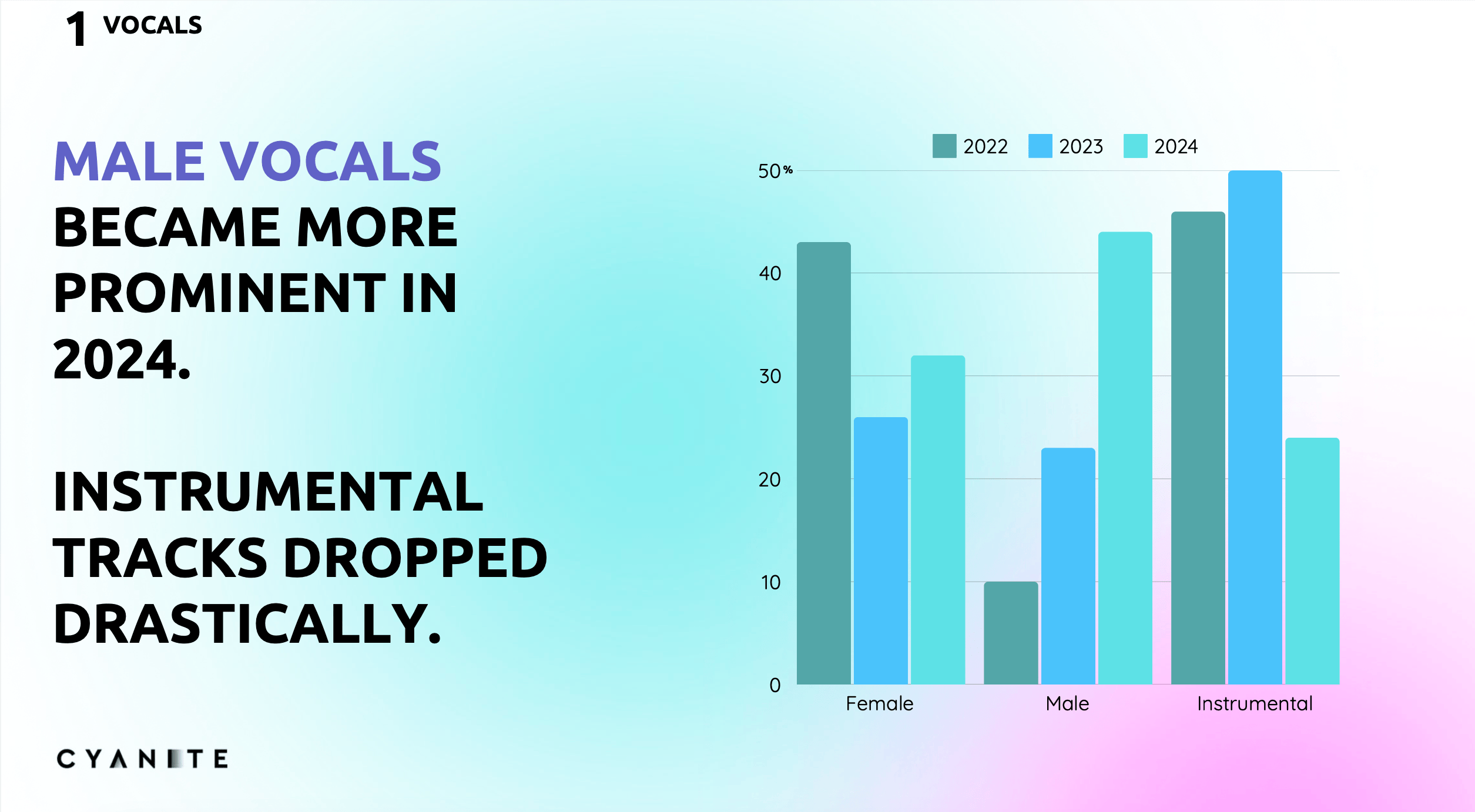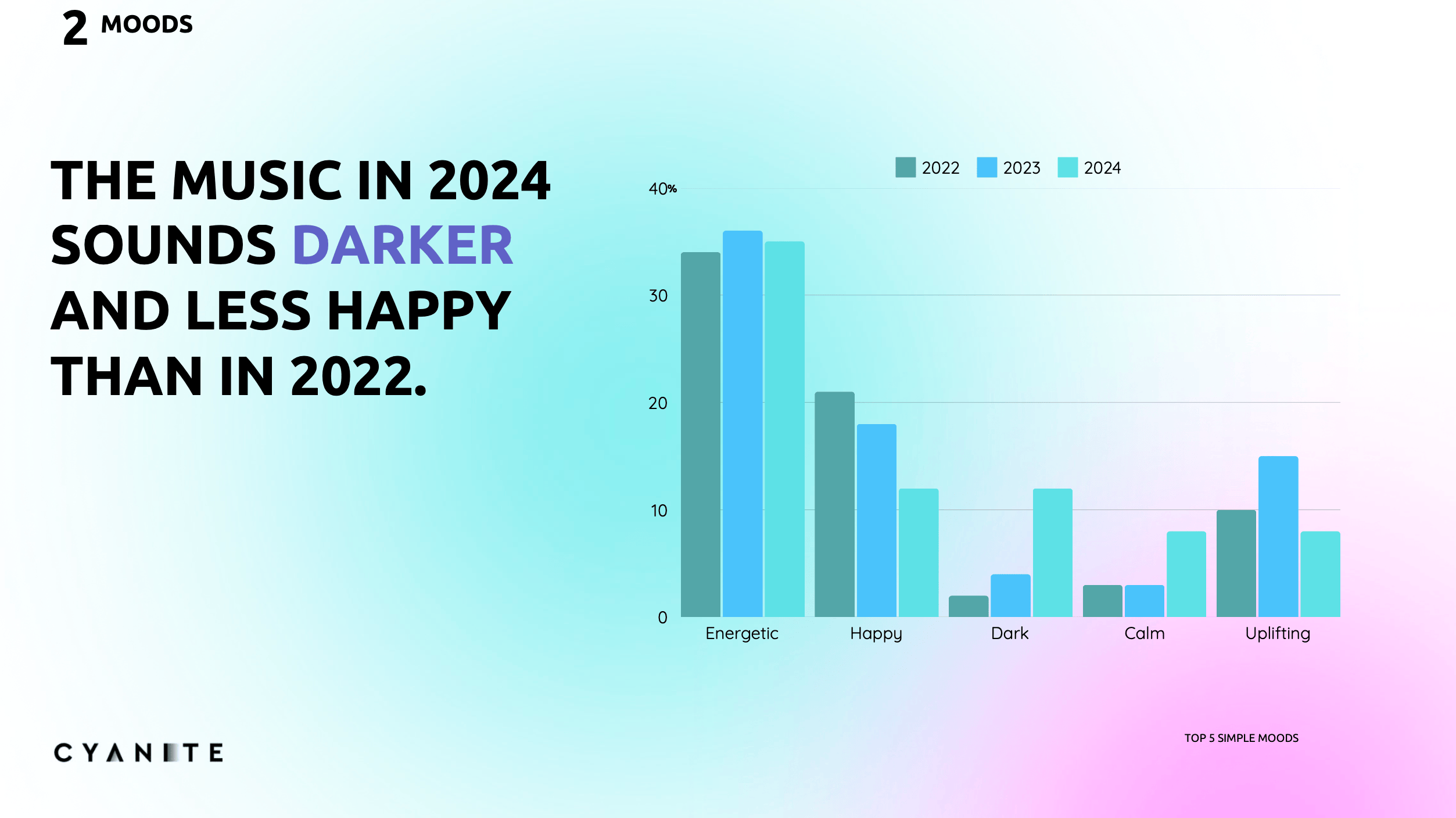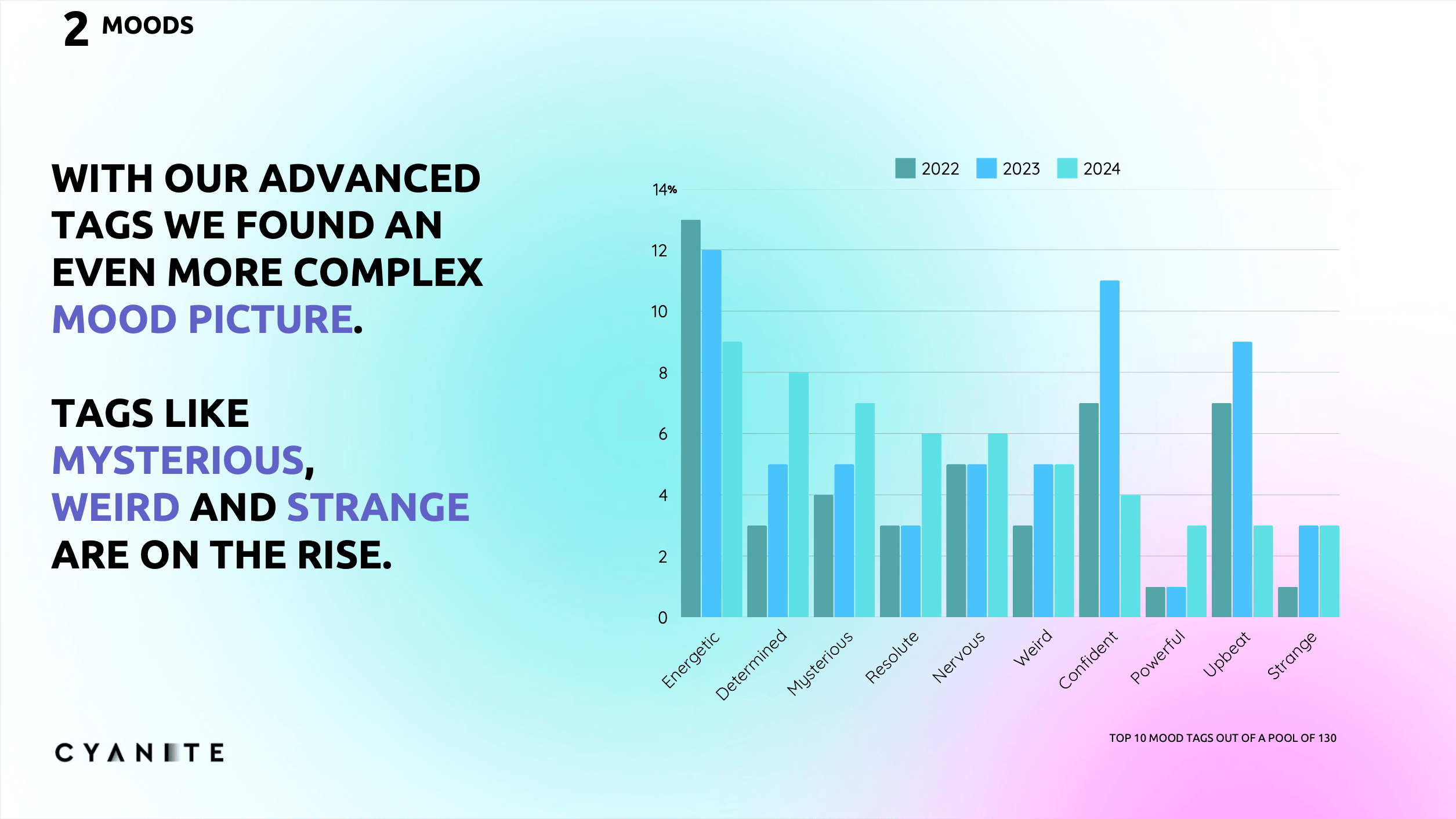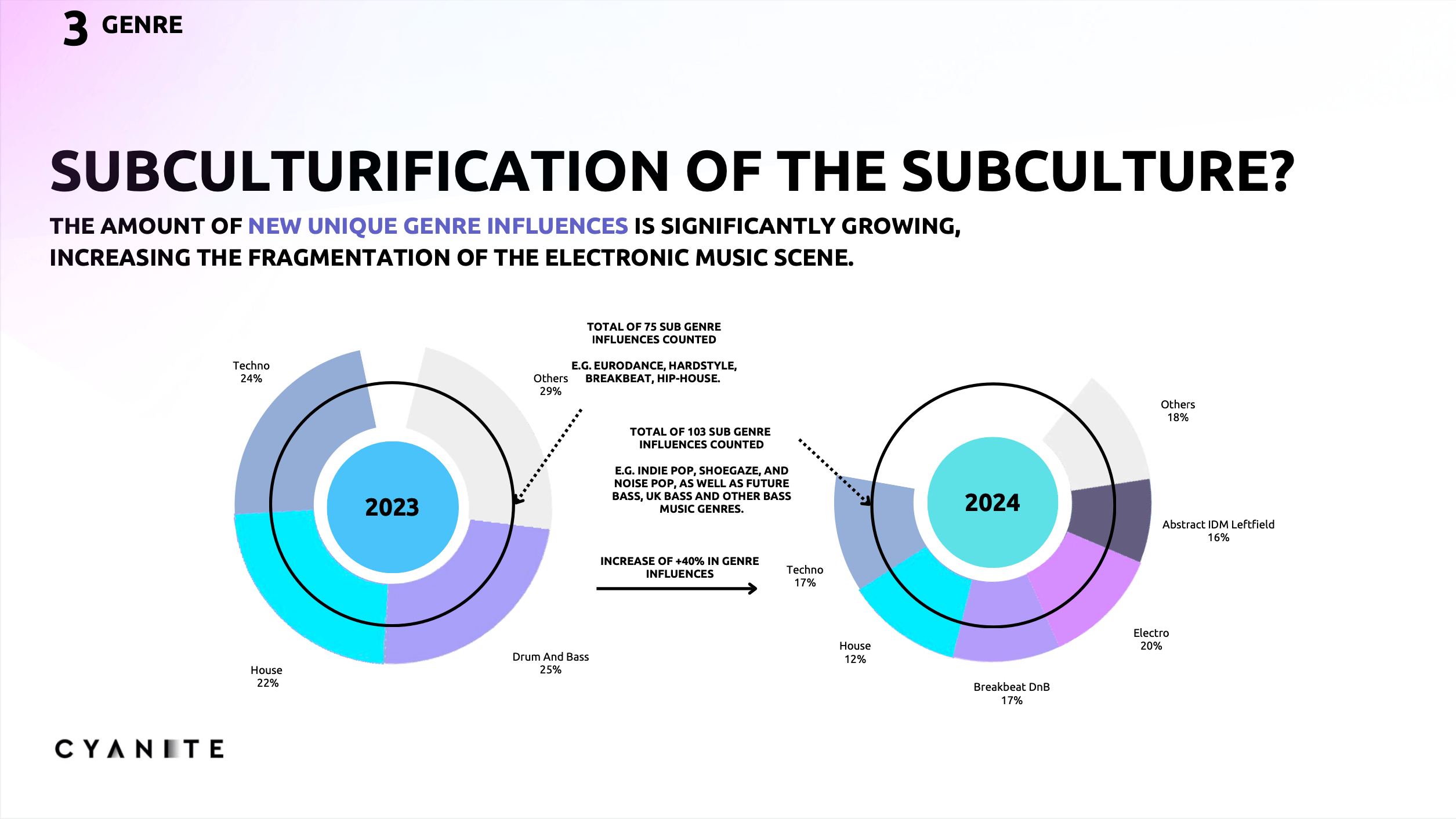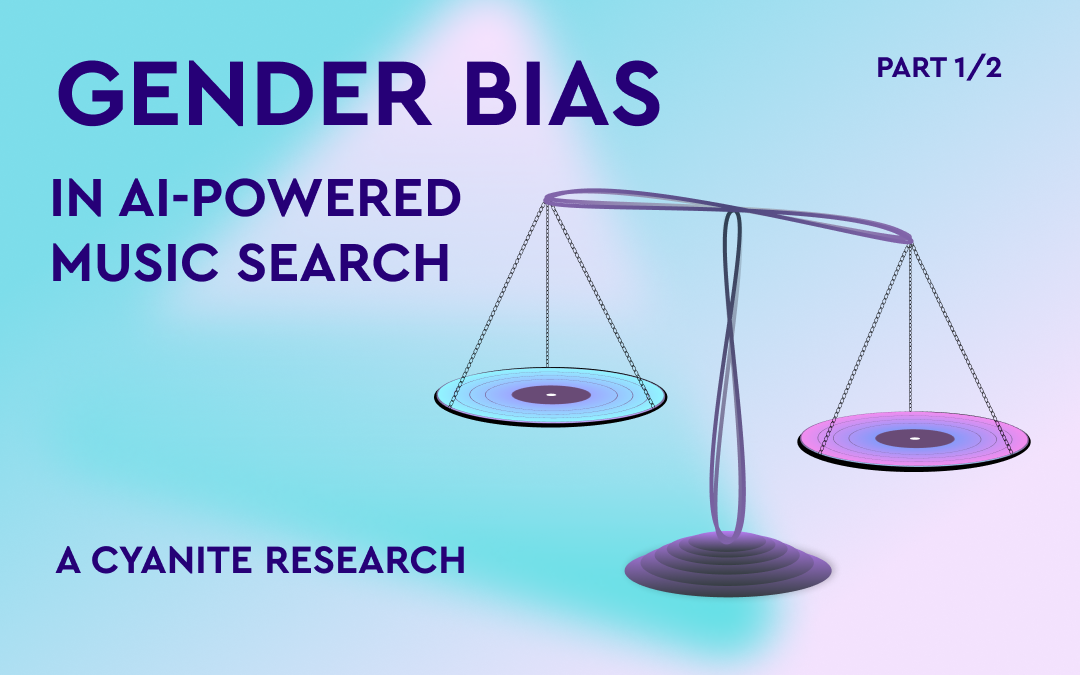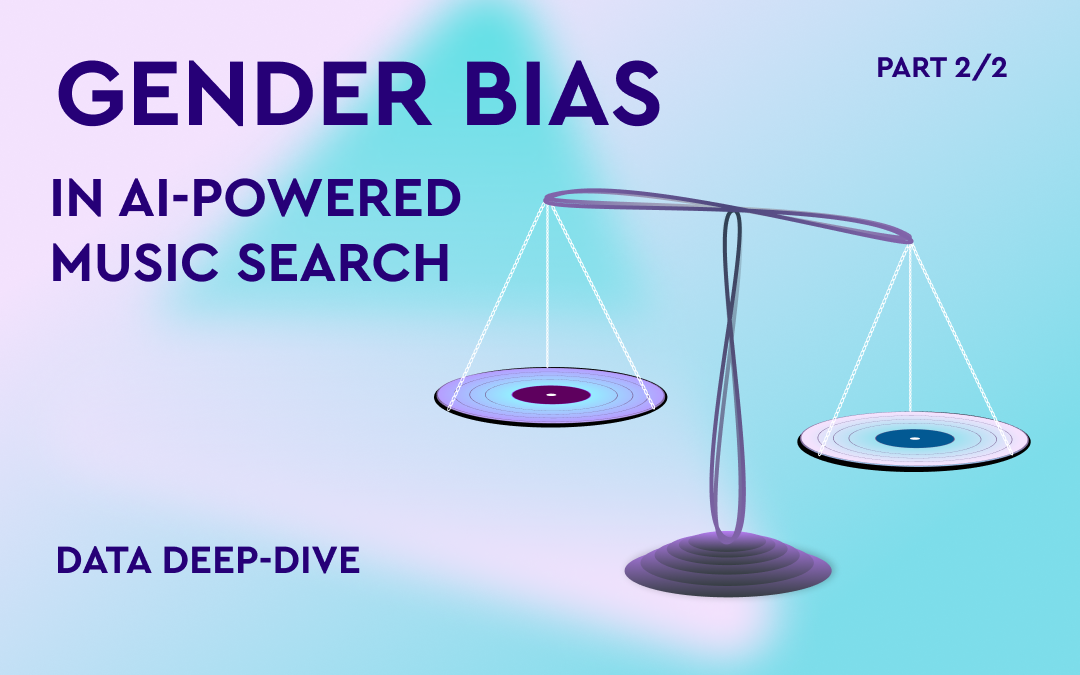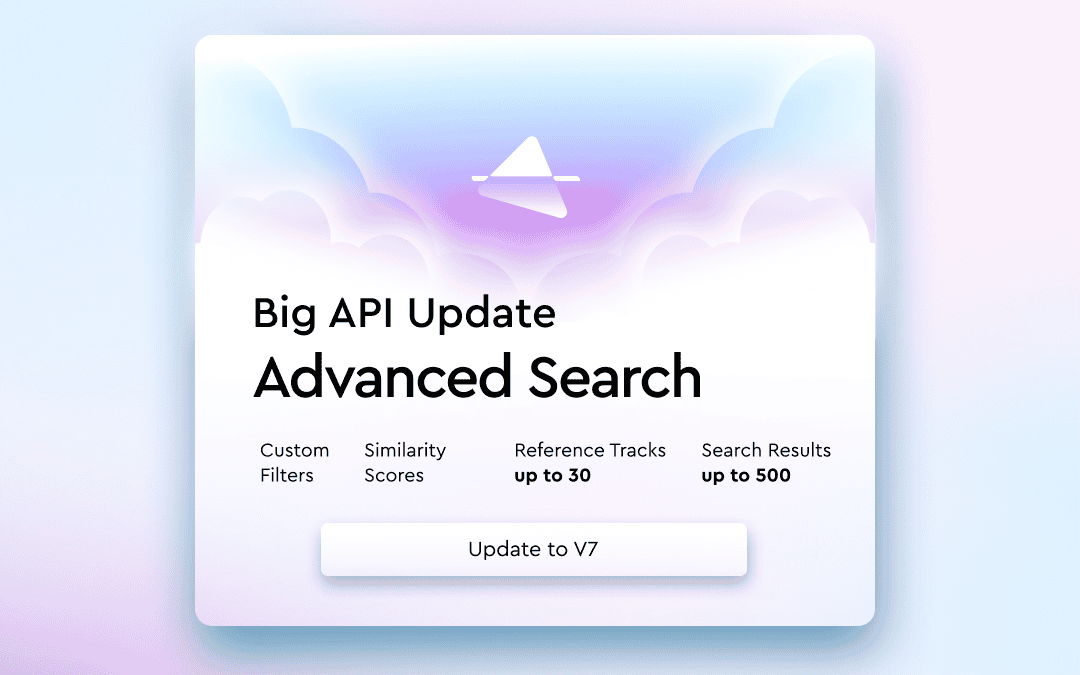
Cyanite Advanced Search (API only)
Last updated on March 6th, 2025 at 02:14 pm
Unlock the Power of Advanced Search – A Glimpse into the New Cyanite
We’re excited to introduce Advanced Search, the biggest upgrade to Similarity and Free Text Search since launch. With this release, we’re offering a sneak preview into the power of the new Cyanite system.
Advanced Search brings next-level precision, scalability, and usability – all designed to supercharge your discovery workflows. From advanced filtering to more nuanced query controls, this feature is built for music teams ready to move faster and smarter.
Advanced Search Feature Overview
- Top Scoring Segments
- Percentage Scores
- Customer Metdata Pre-Filtering
- Mulitple Search Inputs
- Multilingual Prompt Translation
- Up to 500 Search Results
🎯 Top Scoring Segments: Zoom in on the Best Parts
We’re not just showing you results, we’re showing you their strongest moments. Each track now highlights its Top Scoring Segments for both Similarity and Free Text queries. It’s an instant way to jump to the most relevant slice of content without scrubbing through an entire track.
🔢 Percentage Scores: Total Clarity, Total Control
Now each result comes with a clear percentage Score, helping you quickly evaluate how close a match really is – both for the overall track and for each Top Scoring Segment. It’s a critical UX improvement that helps users better understand and trust the search results at a glance.
🗂️ Customer Metadata Pre-filtering: Smarter Searches Start with Smarter Filters
Upload your own metadata to filter results before the search even begins. Want only pre-cleared tracks? Looking for music released after 2020? With Customer Metadata Pre-filtering, you can target exactly what you need, making your search dramatically more efficient.
🎶 Multiple Search Inputs for Playlist Magic
Whether you’re working with Library Tracks, Spotify IDs, or a mix of both, you can now use multiple search inputs in Similarity Search. This feature is perfect for automated playlist augmentation – feed in a few reference tracks and let the engine do the rest.
🌍 Multilingual Prompt Translation
Got a prompt in Japanese, Spanish, or Turkish? No problem. Our search engine now translates prompts from any language into English, so your creative ideas don’t get lost in translation. Say what you want, how you want – our engine will understand.
🌐 Up to 500 Search Results: Because More is More
Tired of hitting a ceiling with limited search returns? Now, Similarity Search and Free Text Search deliver up to 500 results giving you a much broader snapshot of what’s out there. Whether you’re refining a vibe or exploring diverse sonic textures, you’ll have a fuller landscape to work with.
Still on the previous version?
Advanced Search is available exclusively for v7-compliant users. Migrating now not only gives you access to this feature but unlocks the full potential of the new Cyanite architecture. It’s the perfect time to make the switch.
If you’re ready to upgrade or want to learn more about v7, click the button below – we’re here to help.
Let’s take discovery to the next level. Together.
